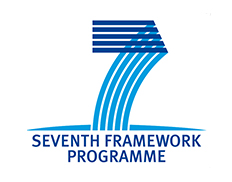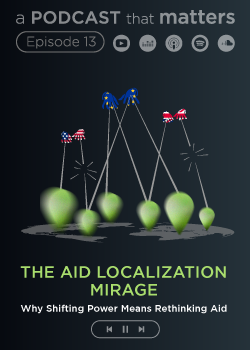Print

The evolution of the human hand: grasping trees and tools - GRASP
Details
Locations:Austria, UK
Start Date:Mar 1, 2014
End Date:Feb 28, 2019
Contract value: EUR 1,618,252
Sectors: Health, Research, Science & Innovation
Description
Programme(s): FP7-IDEAS-ERC - Specific programme: "Ideas" implementing the Seventh Framework Programme of the European Community for research, technological development and demonstration activities (2007 to 2013)
Topic(s): ERC-SG-SH6 - ERC Starting Grant - The study of the human past
Call for proposal: ERC-2013-StG
Funding Scheme: ERC-SG - ERC Starting Grant
Grant agreement ID: 336301
Objective:
The unique manipulative abilities of the human hand have fascinated scientists since the time of Darwin. However, we know little about how these unique abilities evolved because we have lacked, (1) the necessary fossil human (hominin) evidence and (2) the appropriate methods to investigate if, when and how our early ancestors used their hands for locomotion (climbing) and manipulation (tool-use). The GRASP project will use novel morphological, experimental and biomechanical methods to investigate different locomotor and manipulative behaviours in humans and other apes, and will use this knowledge to reconstruct hand use in the most complete early hominin hand fossils, those of Australopithecus sediba. The goal of GRASP is to determine the evolutionary history of the human hand by addressing two fundamental, yet unresolved, questions: (1) Were our fossil hominin ancestors still using their hands for climbing? (2) When and in which fossil hominin species did stone tool-use and tool-making first evolve? These questions will be addressed via three objectives: First, microtomography and a novel, holistic method (MedTool®) will be used to analyse the internal bony structure of human, ape and fossil hominin hand bones. Second, collection of the necessary biomechanical data on (a) the loads experienced by the human hand during tool-use and tool-making, (b) hand use and hand postures used by African apes during locomotion in the wild and, (c) the loads experienced by the bonobo hand during arboreal locomotion. Third, data from the first two objectives will be used to adapt musculoskeletal models of the human and bonobo hand and, through the creation of 3D biomechanical (finite-element) models, simulate natural loading of individual hand bones in humans, bonobos and fossil hominins. With this detailed understanding of hand function, we will determine how the locomotor and manipulative behaviours of Au. sediba and other early hominins shaped the evolution of the human hand.

